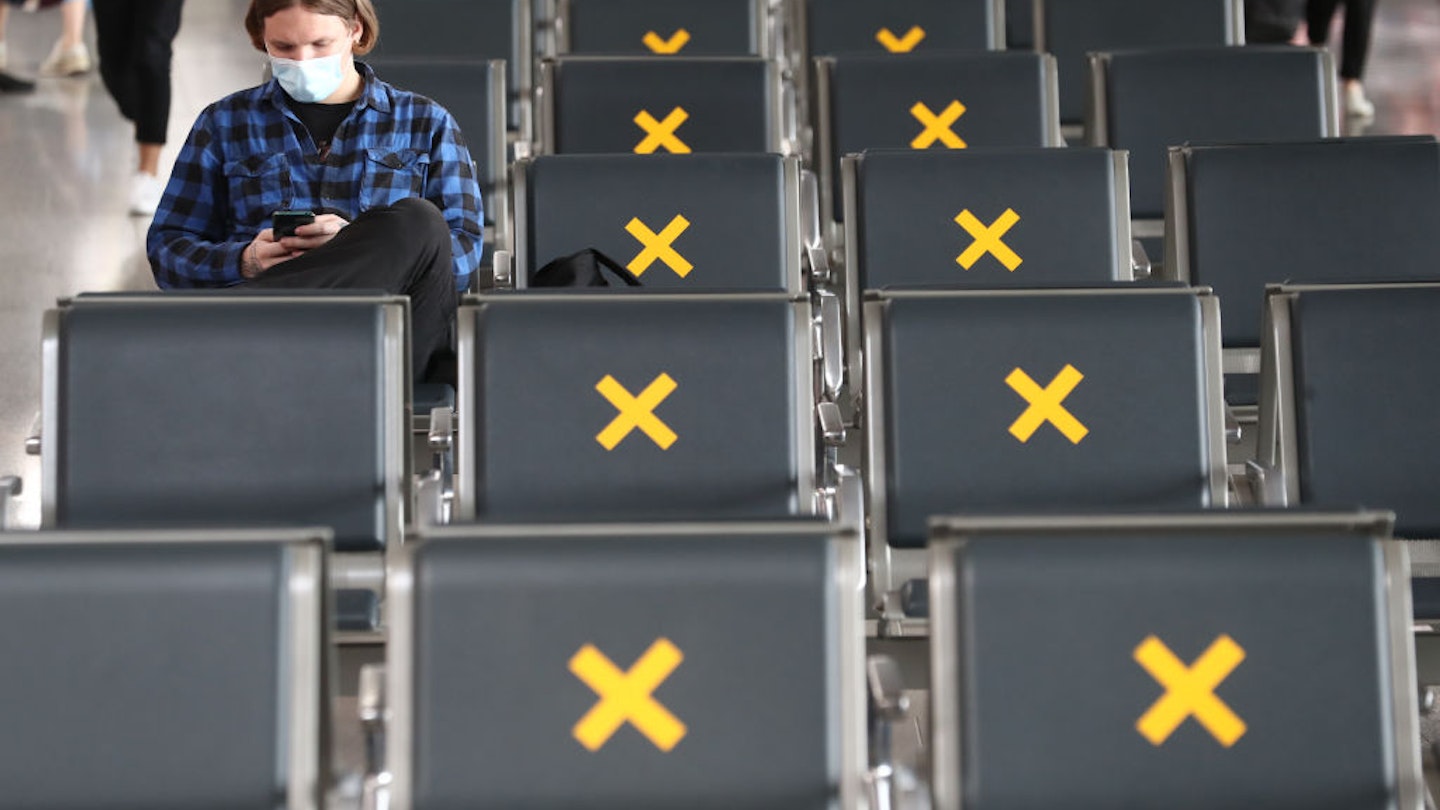In some parts of the world that have been fighting COVID-19 more successfully than others, people locked down for months are starting to look at their summer holiday plans. Many of us are trying to understand what going on holiday might be like in a world where the SARS-CoV-2 coronavirus is still circulating. Some governments, especially in continental Europe, are allowing or even encouraging domestic trips and visitor arrivals from certain countries, usually neighbors.
More than ever, however, planning a trip right now requires a lot of flexibility and preparedness. Consider where you’ll go, how you’ll get there, what you’ll do upon arrival, and particularly what triggers would prompt you to cancel a trip. Here’s what you need to keep in mind.
Where You’ll Go and How You’ll Get There
First off, let’s discuss flexibility in destination. It may happen that the country, region, city, or even suburb you planned to visit turns into a COVID-19 hotspot. Consequently, you will need to decide whether to continue your trip, switch to another nearby destination, or cancel—possibly at the last minute. Sometimes, authorities may make those decisions for you, so be prepared to remain flexible: do thorough research about the area and have backup plans ready.

If you’re planning a road trip in either your own vehicle or a rental, consider what you would bring: disinfectant wipes, sanitizing hand gel, and perhaps even a large bottle of tap water and some liquid soap from home. This way, you can wash your hands while standing around the back of the car. If you’re using a rental, think about what you would do if a vehicle was unavailable upon your airport arrival.
Long-haul travel generally requires a plane trip, but this obviously introduces uncertainty if authorities or the airline cancel flights. Ensure you clearly understand what the various “free rebooking” policies entail—do they cover changes to any available ticket? If prices have increased since your booking, will you be responsible for the difference? Check for blackout dates or change fees associated with rebooking past a certain date, and how far into the future you’re permitted to rebook.
Furthermore, be flexible about your accommodations. Typically, a rental house or villa provides more flexibility than a hotel, and you might feel more comfortable in a space that you can disinfect yourself, avoiding common areas. Do you have a last-resort option to stay with family or friends? You should also consider what actions you would take if you needed to quarantine for two weeks upon arrival.

What You’ll Do When You Arrive
Flexibility in your activities upon arrival will also be crucial. An extreme example would be a vacation focused on theme parks, theater, beaches, or other public venues. It’s entirely beyond your control whether those establishments are open or closed. Therefore, ensure you have multiple backup plans (B, C, D, E) for your trip.
Would you still want to take that sun, sea, and sand holiday if you were limited to a sun lounger on a balcony or patio? Additionally, this may be the ideal time to invest in a place with ample outdoor space and facilities, such as a pool or hot tub. Consider acquiring an e-reader, e-book subscription, tablet, or a portable games console, just in case accessibility to outdoor excursions becomes restricted.
Carefully evaluate how you would manage if you had to quarantine upon arrival—and upon your return. Can you work from home for two weeks after returning, or would that be a deal breaker? Would you be content relaxing in a French gîte or Italian villa enjoying local cuisine and wine if everything was closed? These decisions will vary widely for each traveler.

What You Need to Do Before Leaving
Now more than ever, it’s vital to clearly understand what your travel insurance—and travel medical insurance—will cover. Many insurance plans have adjusted their coverage for COVID-19-related health issues, as well as disruptions that could “reasonably” (that age-old insurance term) be expected.
If you have any health concerns related to COVID-19, consult your doctor early in the planning stages. Moreover, it’s wise to stay at home as much as possible beforehand to reduce the risk of spreading illness to others if you become infected. Likewise, consider following the same plan upon arrival and when returning home.
Determine how and where you’ll obtain masks, and how to wash reusable ones, including the logistics for keeping clean and dirty masks (and clothes) separate. Reflect on what you’d pack to ensure you can be self-sufficient for a certain period, including a few basic meals. For instance, what if you were stuck somewhere without access to food and drink shops? It’s always prudent to pack a few nut bars or similar snacks, and now it would be wise to bring along a small supply.
Lastly, identify the triggers that will prompt you to cancel your trip entirely. This will vary by traveler and by trip: if you’re merely planning to relax in your Spanish cousins’ garden for two weeks, that differs from planning a city architecture-focused journey.
Additionally, it may sound odd, but write down at least the go/no-go triggers; ideally, jot down your entire backup plan. Unexpected changes can create stress, and having a written plan can significantly alleviate that stress.




